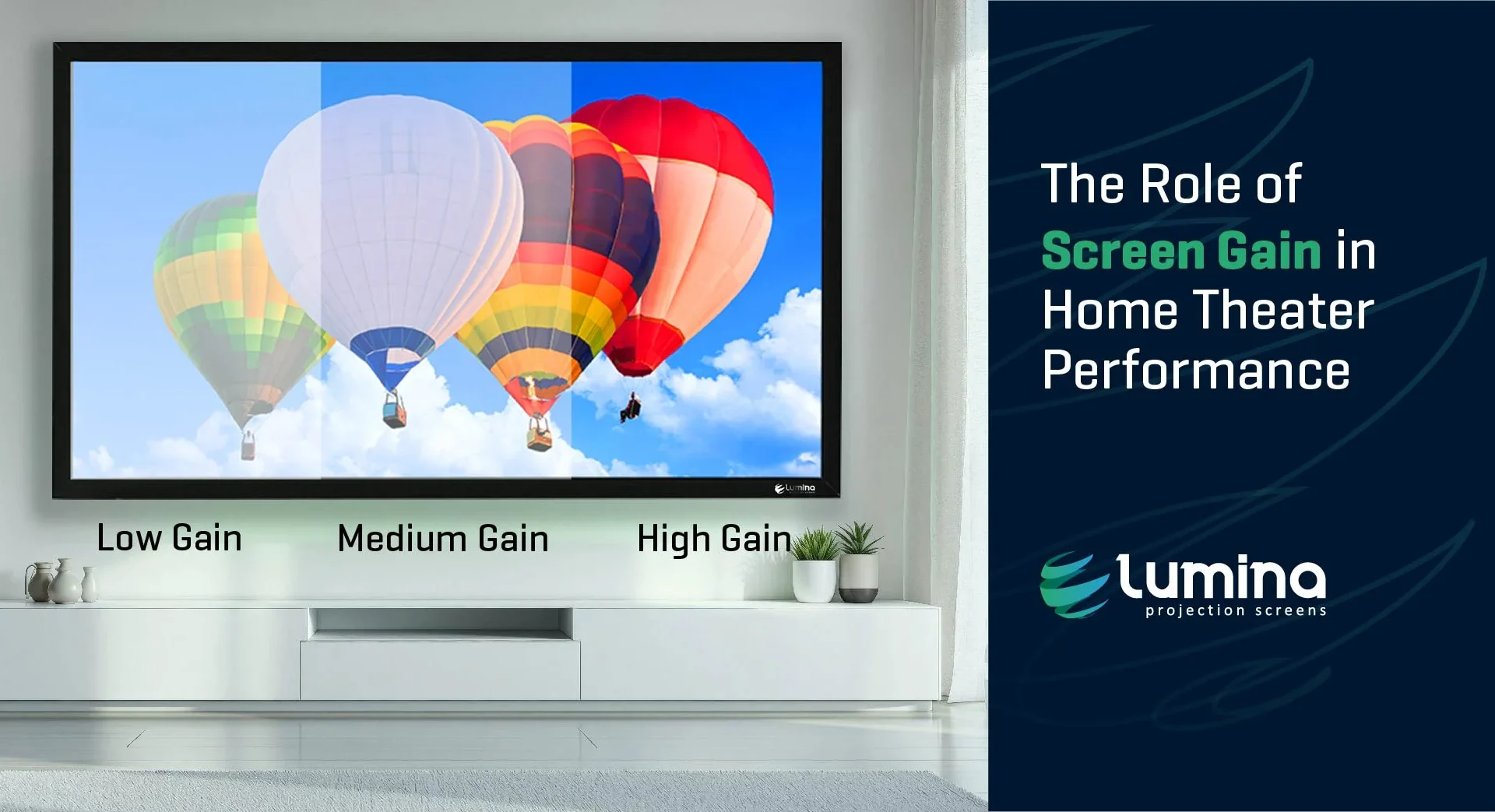
Striking the Right Balance in Home Theater Projection
Creating the perfect home theater setup involves more than just choosing a high-quality projector. One of the most overlooked yet critical factors in achieving optimal image quality is screen gain—a key attribute that determines how bright and vivid your visuals appear. Without understanding screen gain, you may end up with a screen that’s too dim, too reflective, or simply not suited to your projector’s capabilities.
Why Screen Gain Matters More Than You Think
Imagine investing in a premium projector only to find that the projected image lacks brightness or appears washed out when viewed from an angle. Or worse, you notice unwanted hot-spotting—a glaring bright spot in the center while the edges fade into darkness. These issues stem from an improper screen gain selection. Screen gain directly affects how much light is reflected back to the viewer, influencing brightness, contrast, and viewing angles.
Understanding and Choosing the Right Screen Gain
What is Screen Gain?
How Screen Gain Affects Image Brightness and Viewing Angles
- Higher Gain Screens (1.3 – 2.0): Increase image brightness, ideal for rooms with ambient light. However, they often have narrower viewing angles, meaning the best image is seen when seated directly in front.
- Lower Gain Screens (Below 1.0): Offer wider viewing angles and better contrast, making them perfect for dark home theaters where ambient light control is possible.
Selecting the Right Gain for Your Projector
- For High-Lumen Projectors (3000+ lumens): A lower-gain screen (0.8 – 1.0) prevents excessive brightness and enhances contrast.
- For Standard/Lamp-Based Projectors: A moderate gain (1.0 – 1.3) ensures balanced brightness without compromising viewing angles.
- For Ultra Short Throw (UST) Projectors: Specialty ALR (Ambient Light Rejecting) screens with moderate gain optimize performance by rejecting ambient light while maintaining uniform brightness.
Practical Applications and Case Studies
- Example 1: A Dedicated Home Theater Room
- A user with a high-end 4K projector opted for a 0.9 gain screen in a fully darkened room. The result? Rich contrast, deep blacks, and a cinematic viewing experience with no hot-spotting.
- Example 2: A Living Room Setup with Ambient Light
- To combat natural light interference, a homeowner installed a 1.3 gain ALR screen, ensuring crisp and bright visuals even during daytime viewing.
Elevate Your Home Theater with the Right Screen
Choosing the right screen gain is essential for unlocking your projector’s full potential. At Lumina Screens, we offer a range of projection screens designed to suit different lighting conditions, projector types, and viewing preferences. Whether you need a high-gain screen for bright environments or a low-gain screen for true cinematic contrast, Lumina Screens has you covered.
Ready to optimize your home theater? Explore our premium screens today!
- Date - February 14, 2025